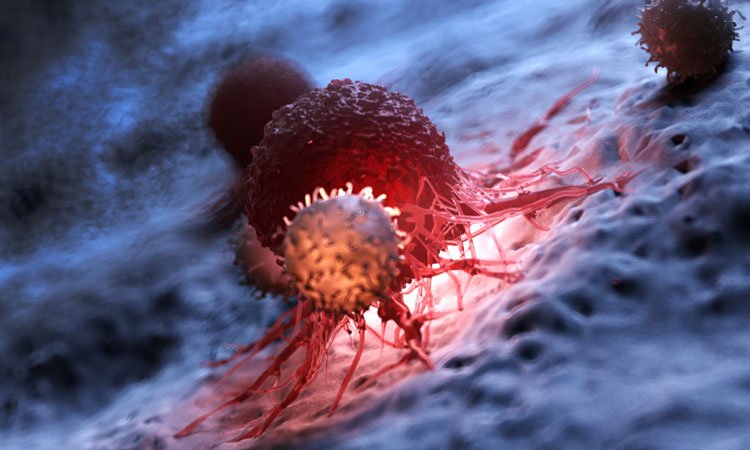Stopping cancer cells in their tumour ‘highways’
Posted: 21 November 2018 | Drug Target Review | 1 comment
Using controlled network microenvironments, tumour cells were prevented from travelling, which could prevent spread of the cancer throughout the body…


A new study by University of Minnesota biomedical engineers shows how they stopped cancer cells from moving and spreading, even when the cells changed their movements. The discovery could have a major impact on millions of people undergoing therapies to prevent the spread of cancer within the body.
Researchers have known for years that tumours have patterns that are like little “highways” that cancer cells use to move within the tumours and ultimately toward blood vessels and adjacent tissue to invade the body. Patients who have high numbers of these patterns in their tumours have a lower chance of surviving the cancer.
What the researchers haven’t been able to figure out until now is how the cells recognise these patterns and move along them.
In this study, the University of Minnesota researchers examined in the lab how breast cancer cells moved and used medicines to try to stop the cells. When they stopped the mechanisms that serve as the motor of the cells, the cells surprisingly changed the way they moved to an oozing-like motion, almost like a blob.
“Cancer cells are very sneaky,” said senior author Dr Paolo Provenzano, a University of Minnesota biomedical engineering Associate Professor and a Masonic Cancer Center researcher. “We didn’t expect the cells to change their movement. This forced us to change our tactics to target both kinds of movements simultaneously. It’s almost like we destroyed their GPS so they couldn’t find the highways. This stopped the cells in their tracks. The cells just sat there and didn’t move.”
Ninety percent of cancer deaths are due to the cancer spreading throughout the body. Putting the brakes on cancer cell movement would allow physicians the time to use other therapies to improve survival rates of patients.
The researchers studied the cells in the lab in two-dimensional, engineered microenvironments, that are almost like a microchip with cells. These microenvironments mimicked how the cells behave as they do in a tumour and allowed researchers to speed up their research.
“By using these controlled network microenvironments, we were able to test hundreds of cell movement events in hours compared to one or two in the same time frame by imaging a tumour,” said Dr Erdem Tabdanov, a University of Minnesota biomedical engineering postdoctoral researcher and first author of the study.
The next steps for the research team are to expand the types of cancers studied and begin animal trials. Within a few years, the researchers hope to move to clinical trials in humans. They will also study how the medicines interact and what side effects may result.
“Ultimately, we’d like to find ways to suppress cancer cell movement while enhancing immune cell movement to fight the cancer,” Prof Provenzano said.
The research was published in Nature Communications.
Related topics
Disease research, Drug Discovery, Drug Discovery Processes, Research & Development
Related organisations
University of Minnesota
Related people
Dr Erdem Tabdanov, Professor Paolo Provenzano




Directional migration of endothelial cells is crucial for tumor neoangiogenesis. ICAM-1 controls the migration of endothelial cells, contributing to the direction of movement, through the development of cell polarity and influencing the activity of lamellipodia.
When a cell moves, the beam of actin filaments periodically pops out lamellipodia and microspikes at the forefront of cells and stretches the cell cortex, polarizing the cell that helps it move forward.
Lamellipodia represents the actual motor which pushes forward the cell migration process. Moving cells are extremely sensitive detectors adhesiveness. Lamellipodia produced by endothelial cells move in the direction of most of the adhesive substrate, molecules involved in ICAM-1.
In the absence of a signal, they stop. In this regard, it becomes clear to an important role of adhesion molecules in the maintenance of tumor neovascularization. If the protein VEGF only gives a signal of the beginning of the growth of blood vessels, the performers that attract and control the direction of movement of endothelial cells is a molecule ICAM-1.